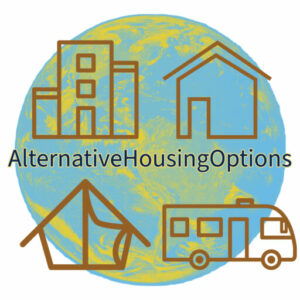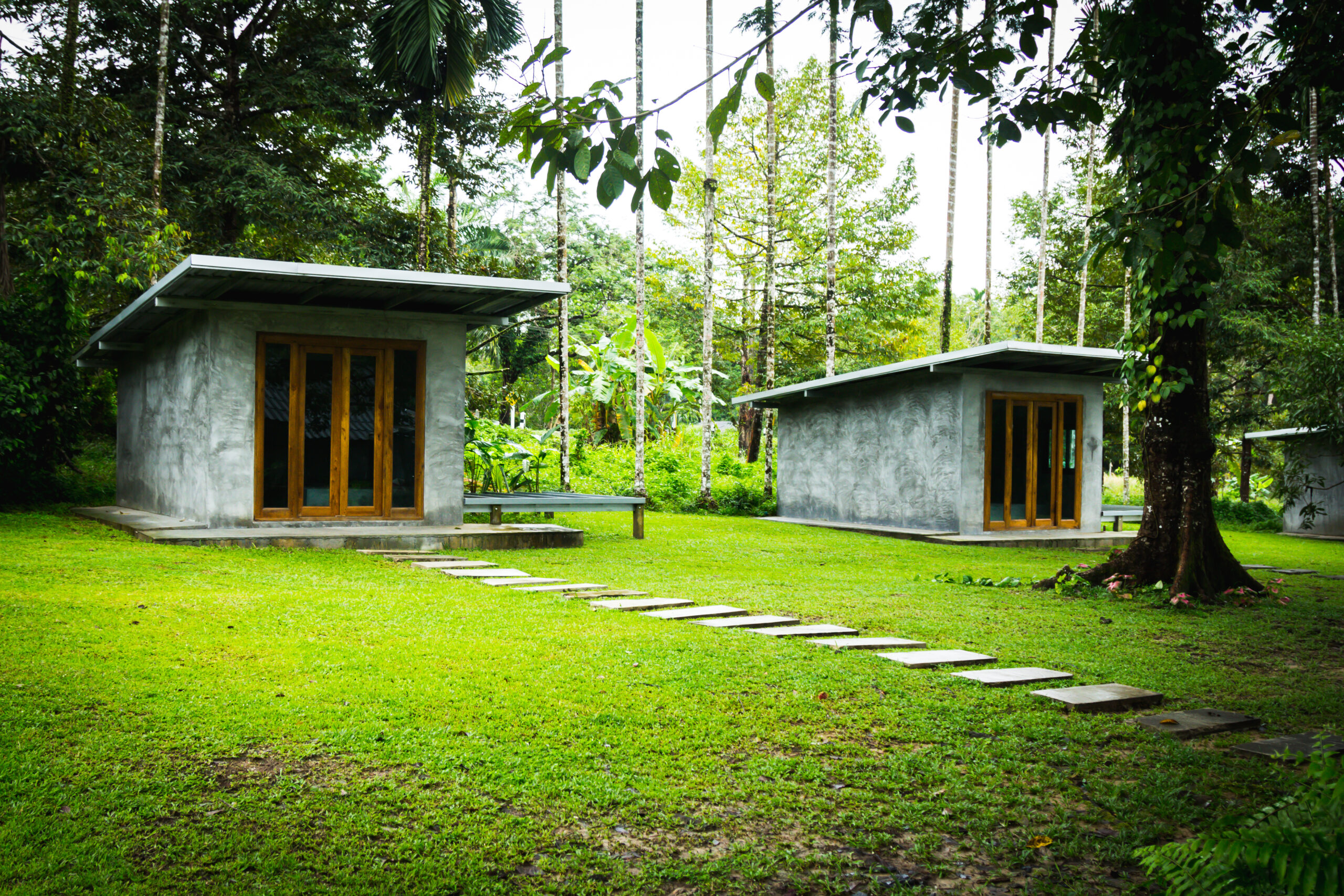The real estate market in the United States tends to go through cycles. It often swings between a seller’s market, as we’ve seen for the past 5-10 years, and a buyer’s market, like we are starting to move into and saw 11-15 years ago. The rise and fall in home prices and interest rates are nothing new in the United States. Home buyers, sellers, renters, and builders tend to have a selective memory that can get clouded in the good times.
What can you do to safeguard yourself from the swings in the real estate market? You can pay cash or have a large downpayment for a traditional home, which is not always possible. Renting or buying well below your means is an option. It’s always wise to live below your earnings, but if that’s not possible, you could consider alternative housing.
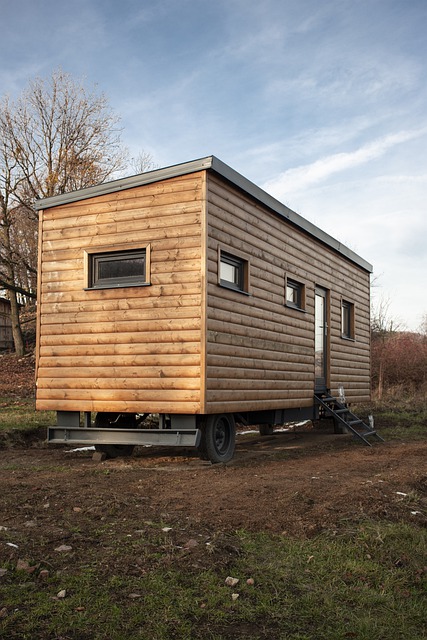
Alternative housing doesn’t always mean you need to downsize. You could do so if you want to own or live in a tiny house, or build a tiny house from one shipping container, cob, straw, pallets, or silos, or move into an R.V., van camper, sailboat, houseboat, or other traveling home. On the other hand, you can build a regular size house (above 500 square feet is considered a small, regular house) out of alternative building materials.
If you’re considering any type of alternative housing, it’s best to know if you can build in your state or if moving might be part of the equation, depending on how passionate you are about your home.
We searched building codes to determine which alternative housing types are allowed. We will add that your municipality, homeowners association (HOA), or local building approvals may differ from state-level approvals. Always check with your municipality or HOA before starting a building, construction, or parking your alternative home.
Manufactured and mobile homes
Manufactured homes or mobile homes are legal in all 50 states. They can be placed on private land or in a community.
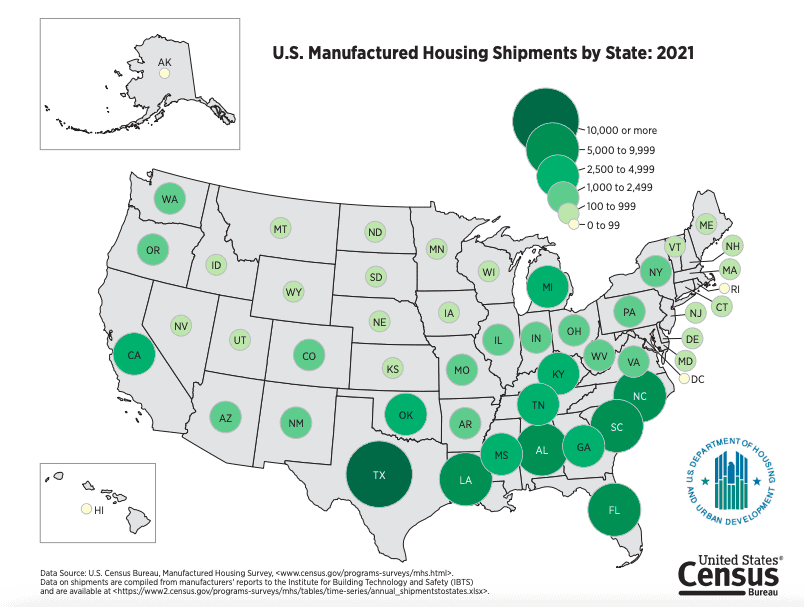
Tiny houses
You can build a tiny home in California, Texas, North Carolina, Florida, Maine, Arizona, Washington, Minnesota, Oregon, and Hawaii. They are highly regulated in New York, West Virginia, North Dakota, and Wisconsin. Pallet homes would also be considered tiny homes.
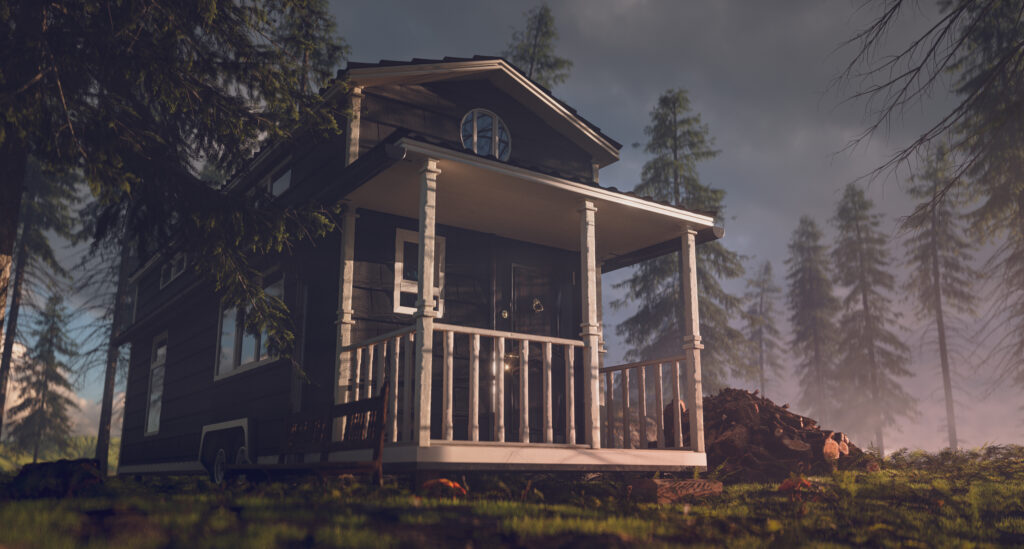
Shipping container homes

Depending on size, many shipping containers may fall under the tiny house rules in your area. Areas where shipping containers are allowed but may be regulated:
Texas, Louisiana, Oregon, Tennessee, California, Florida, Missouri, New York, Alaska, Washington, Alabama, Georgia, North Carolina, Pennsylvania, Massachusetts, South Carolina, Virginia, Maine, and Hawaii. You can find new provisions for shipping container building codes here.
Cob homes

Cob homes are a novelty in the United States. While they have been built worldwide for centuries, the U.S. has slowly adopted building codes for this type of housing. New codes for Cob were added to the International Residential Code (IRC) in 2021. However, that doesn’t mean cob homes are illegal. You will need special permits and building inspections as you build.
Strawbale homes

There are strawbale homes in every state in the U.S. While local regulations may prohibit construction, the IRC has given guidance on how strawbale homes must be built. Arizona, California, Colorado, Nebraska, New Mexico, Nevada, Oregon, and Texas have a system for approving strawbale homes.
Adobe homes
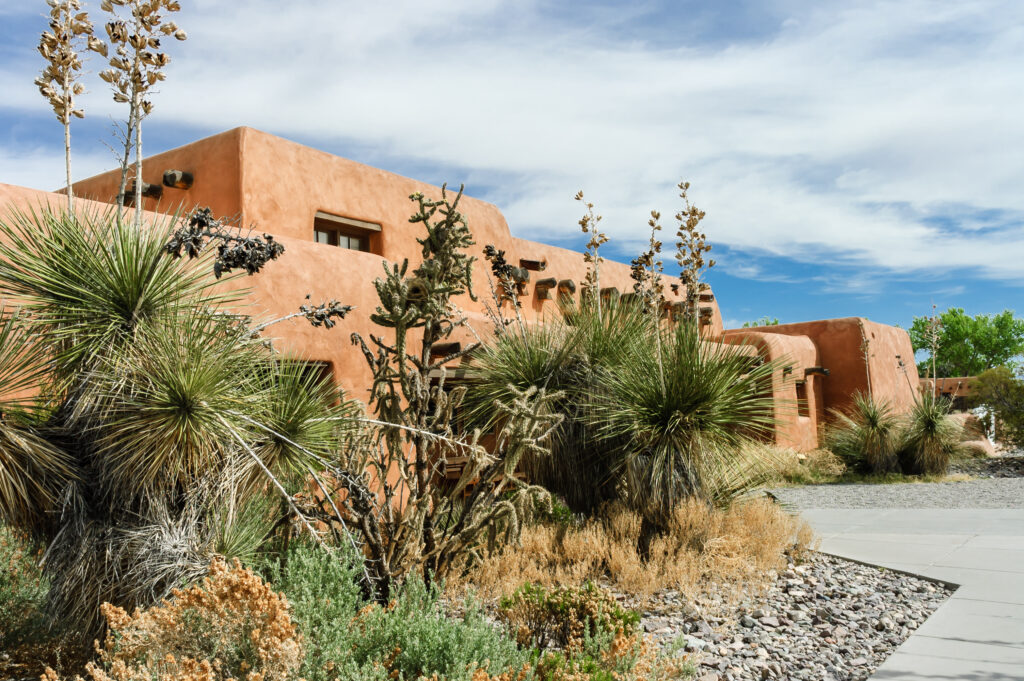
Adobe homes would fall under the straw-clay construction in the IRC. Most adobe homes in the U.S. are found in the southwest. However, if you consider that adobe homes have been built worldwide and in all types of climates, they can be built all over the U.S. if your area permits it. https://up.codes/s/adobe-construction
Yurts and tipis (teepees)
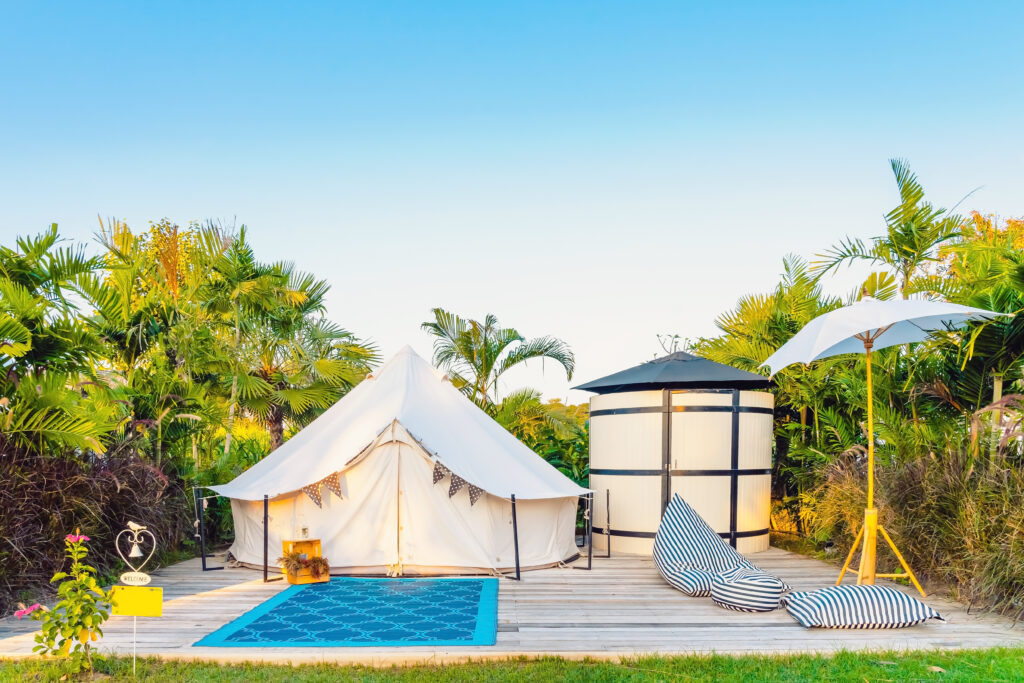
Eight states are Yurt friendly and will allow you to live in one year-round. Alaska, New York, California, Maryland, Colorado, North Carolina, Texas, and Oregon. You may need to get special permits and be required to have the specific infrastructure, but no state has outright banned yurts. Since Tipis or Teepees are very similar, we will put them in this category. While people have lived in them year-round in warmer climates, the consensus we found is that it’s not best for the winter weather, but it can be done. There was a good forum by OffBeatHome. https://offbeathome.com/tipi-year-round/
Permanent camping, RV, van campers, other traveling campers
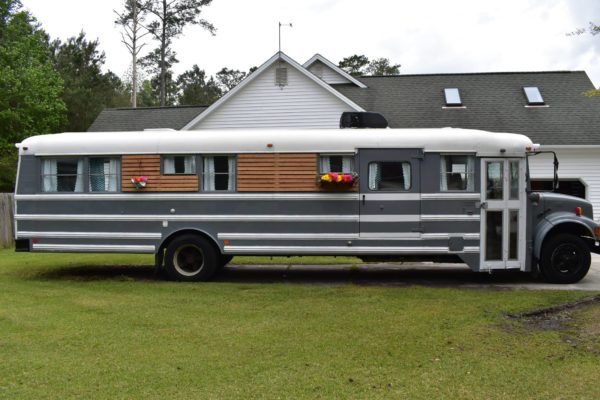
Permanent camping can be an option, but you must be willing to move every 14-28 days, depending on the area. You may be allowed to stay longer in dispersed camps or primitive sites with no amenities. The Bureau of Land Management is a good place to start if you’re considering the permanent camping lifestyle.
Houseboats
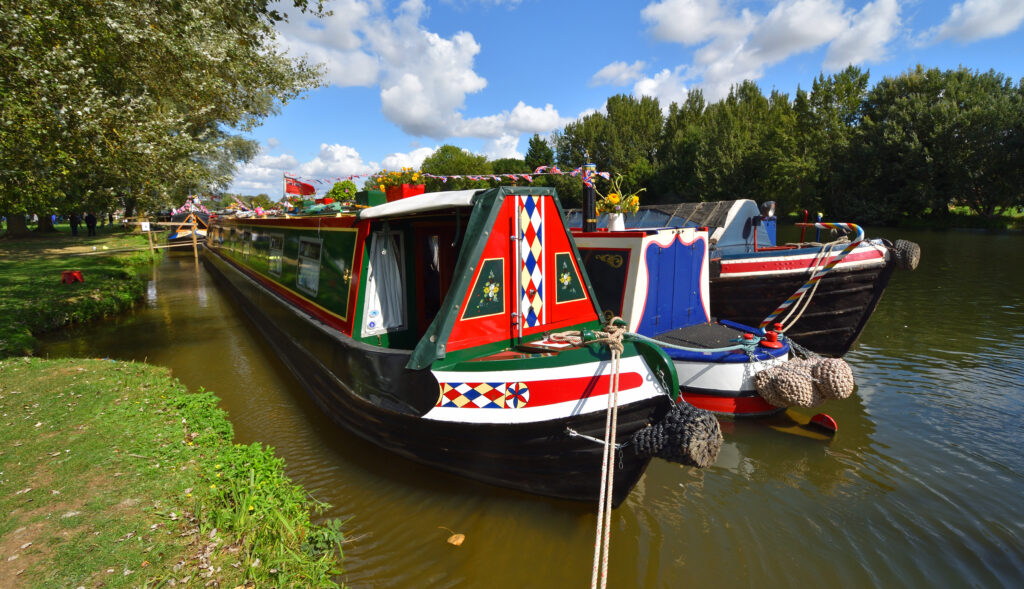
Houseboats and the liveaboard lifestyle are regulated by U.S. Customs and Border Protection. Each state has specific time frames where you’d need to get a harbor permit if you plan to stay anchored. You’ll need to follow local Marina laws and the U.S. Coast Guard safety rules. With that said, you could potentially live on a boat in any body of water, in any state. LakeWizard has a great article about live-abords you can check out.
Train car or railcar homes

Railcar homes have been used as permanent homes and rental houses. You can find them all around the U.S. from Tennessee, Oregon, North Carolina, California, Minnesota, Virginia, New York, Pennsylvania, Texas, Ohio, Colorado, and Montana.
Earthbag, earth berm, and earthships
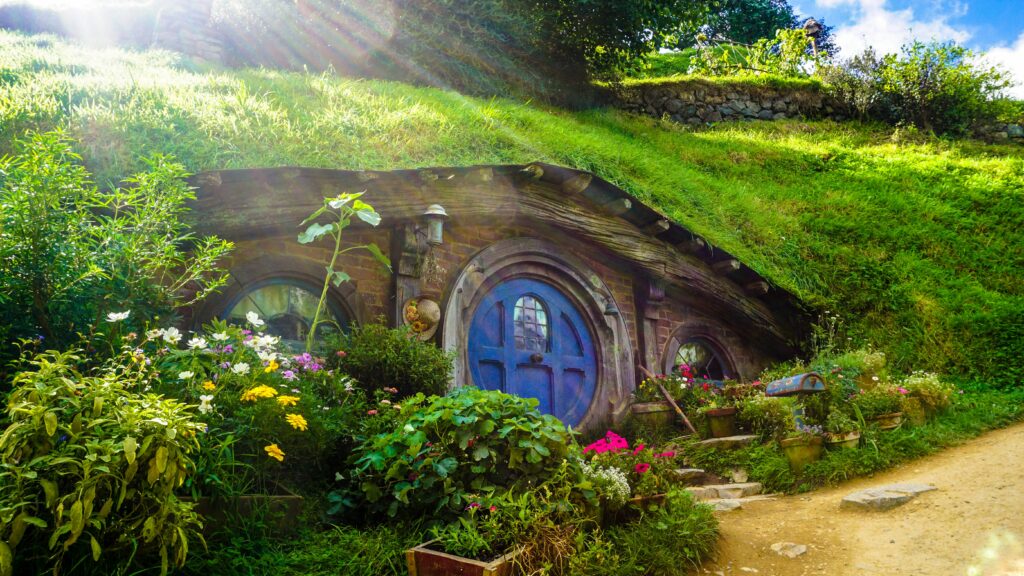
These partial earth homes fall into a particular category as most of them are made from, of, or in the ground.
- Earthships in the U.S. are typically found in the Southwest of New Mexico, Nevada, Wyoming, and Colorado.
- Earthbag homes have been approved in Hawaii, California, Utah, Arizona, and Kentucky.
- There are earth berm homes in Idaho, Texas, New York, and Colorado. There have also been some built in Pennsylvania, Florida, and Virginia.
Treehouses
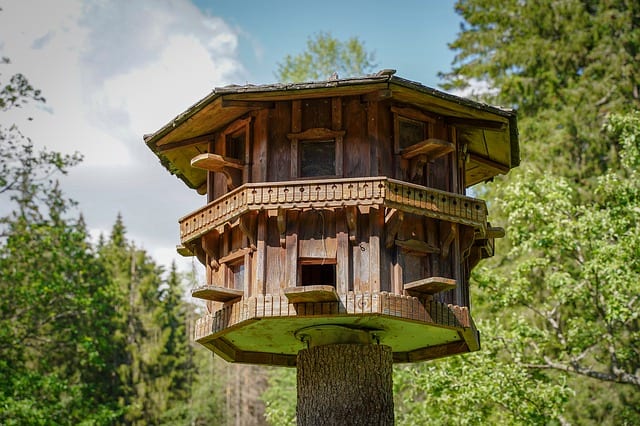
Treehouses are a unique category since most people do not consider them permanent homes. However, there are treehouses across the U.S. that people live in year-round. You can build a treehouse if you own the land and get the proper permits.
Geodesic domes
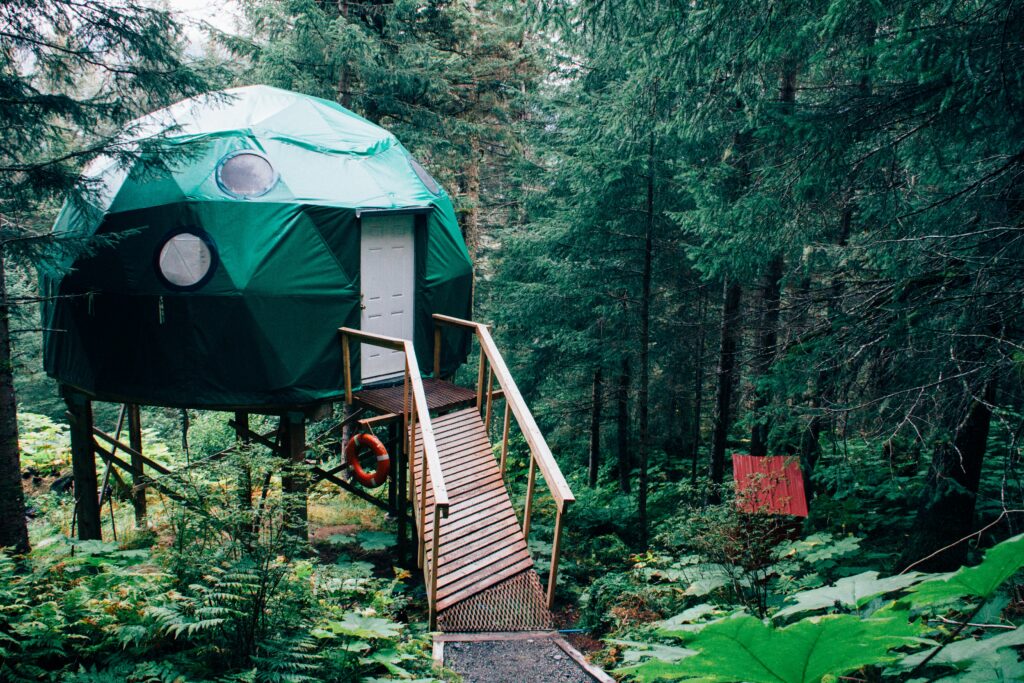
Geodesic domes can be built all over the U.S. with the proper permits. What’s interesting to note is that most geodomes, even prefabricated ones, are considered temporary, and if you own the land, you may not need permission to place a dome. However, Receiving proper permitting and zoning is best, so you don’t receive a fine. Modular igloos also fall under dome homes.
Silo homes

Silo homes have gained popularity, and you can find many in the U.S. There are permanent bed & breakfasts, rentals, and full-time residences made from grain bins. You can find them in Oregon, Utah, Arizona, and Texas.
Hempcrete homes
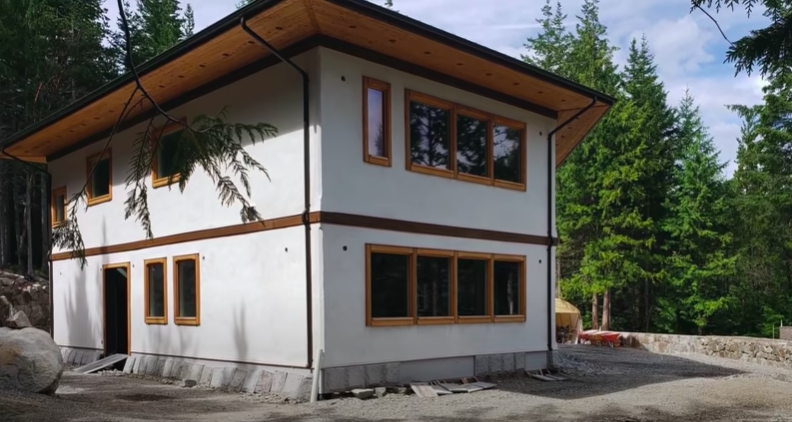
The IRC has approved Hempcrete as an alternative building material. As such, you can use hempcrete to build your home. The only state that has refused the IRC is Wisconsin. Wisconsin has their own codes, so if you’re in that state be sure to check your local building regulations.
Aircrete homes
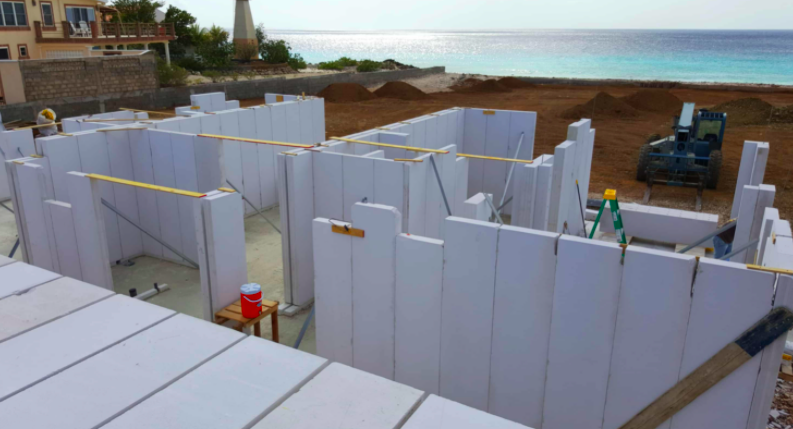
Aircrete has been approved in residential, commercial, and industrial applications in the U.S. since the late 1990s, according to Aircrete Europe and the Besser company in the U.S.
Alternative housing is not illegal
No state has a law against alternative housing. They have rules, regulations, and codes that must be followed, but they apply to any type of house.
The big takeaway from alternative housing materials used in your build— start with your state’s codes. See which codes your state adheres to for building. The codes are meant to keep homebuilders and owners safe. You can see which codes your state uses on this map. Once you understand the codes, go to your municipality and talk with the building and permitting office. They can help you understand what is possible in your area. However, just because they say no doesn’t mean it isn’t possible.
If you want an alternative house, you can find a builder who will work through the proper permits and codes to build what you want. If you can’t find one, you can build with an approved material, or if your heart is set on a specific type of alternative house, you can move to where it is approved.
